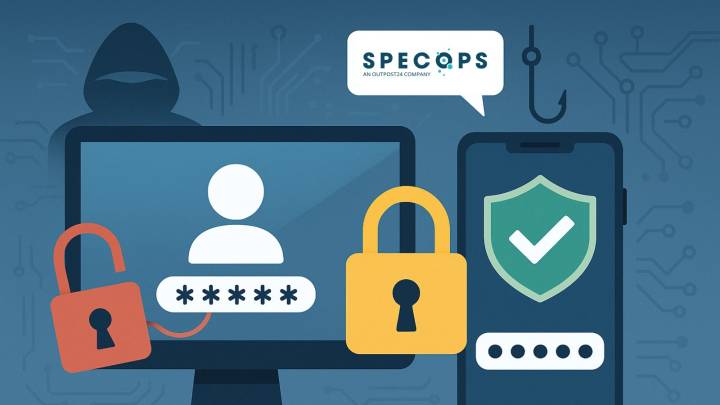Unprotected usernames and passwords offer little defense against account takeover attacks. Multi-factor authentication (MFA) has quite rightly become the de facto standard for strengthening access controls.
There’s a reason almost all cybersecurity guidelines recommend it – Microsoft research suggests that enabling MFA can block over 99% of automated credential-stuffing and phishing attacks.
Yet even the best MFA implementations leave a critical gap: weak, reused or compromised passwords. When an attacker bypasses or circumvents MFA (whether by tricking a user into approving a push notification or exploiting a fallback) those same poor passwords become the attacker’s key to your systems.
That’s why a layered approach to identity security must include both robust password hygiene and M

 Bleeping Computer
Bleeping Computer

 RadarOnline
RadarOnline Associated Press US News
Associated Press US News WILX News 10
WILX News 10 Daily Kos
Daily Kos TMZ
TMZ HealthDay
HealthDay America News
America News The radio station 99.5 The Apple
The radio station 99.5 The Apple